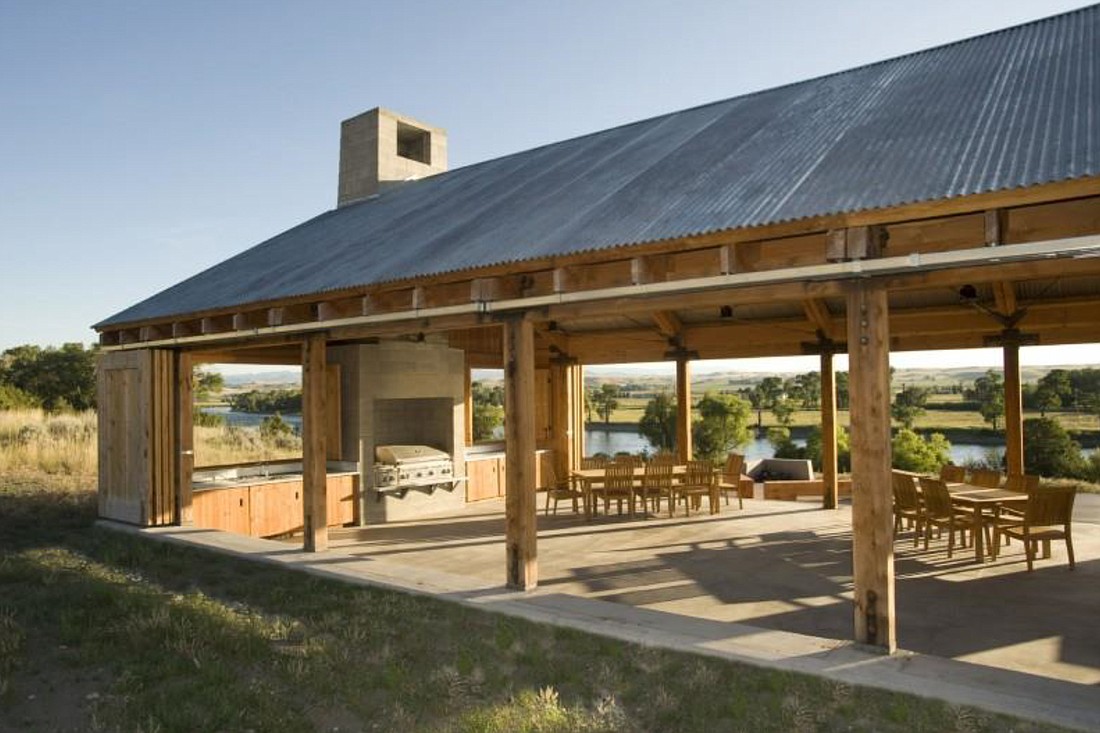
Home sizes and prices are shrinking. Amenities are changing.
The reason: millennials.
“We are seeing the size of new homes trend down,” said David Cobb, regional director with Metrostudy.
Metrostudy, a Hanley Wood company, provides research, expertise and analysis to support strategic business decisions at the local, regional and national market level of the residential construction real estate and housing market.
Cobb presented national and local data about residential real estate June 26 to the Northeast Florida Builders Association.
To emphasize his research, he said that in 2030, most of the homebuyers will be millennials and younger.
The millennial generation was born between 1981 and 1996, according to the Pew Research Center.
The cohort also is known as Generation Y.
Millennials, now 23-38 years old, will be 34-49 by 2030, in the prime group for family formation and job achievement. The largest age group in 2030 will be 39 years old. The youngest baby boomer will be 66 years old.
“That’s your buyer, that is why homes are getting cheaper and smaller,” he said of millennials.
That’s because home size and price are co-dependent. Bigger homes can cost more money, and younger buyers aren’t looking for that.
Cobb said the average home size is 2,600 square feet, almost double the 1973 average of 1,500 square feet. He expects that size will shrink.
Younger buyers are looking for a different type of home.
The millennials buying homes now seek smaller homes but with more features, he said.
Energy efficiency, smart technology, laundry rooms and patios are amenities that attract millennials.
Cobb said in places like Salt Lake City, where millennials account for 70% of home sales, community features show a trend.
Younger buyers there do not want “that big 25,000-square-foot clubhouse you see in the big master-planned things,” he said.
Millennials want pocket parks to play games and amphitheaters for plays, events and concerts.
“They are setting aside 3 to 5 acres and the way it works is they hire a farmer to come in and farm it and then they sell the produce at the farmers market in the community,” Cobb said.
The new “clubhouse” is a covered picnic pavilion for cookouts and parties, along with food truck events.
He said communities are designed so “you are never more than five minutes walking distance away from one of these amenities in the neighborhood.”
Metrostudy finds the most important home design features are interior style, curb appeal and more function versus size.
In Jacksonville, millennials account for 52% of new home sales, and builders are reacting.
Leading homebuilders see the demand for smaller homes. D.R. Horton is offering “Express Homes,” an entry-level home that is affordable and caters to a lifestyle.
Lennar with its “NuHome” is following the trend with simple home designs with more upgrades that are reproduced easily.
New homebuyers in North Florida rank “location and home design, followed by price” as the top criteria for homebuyers.
It’s “not about size,” Cobb said.
It’s also not about being community-managed.
The common theme that benefits the developer and homeowner is that “it’s cheap, it’s inexpensive.”
For example, a simple amphitheater costs less to build and maintain than does a clubhouse, and parks are cheaper than a golf course. It all leads to a reduction in homeowner association fees, he said.
Yet millennials aren’t the only generation seeking new housing. So are their parents. Baby boomers age 53 to 72 are downsizing from larger homes.